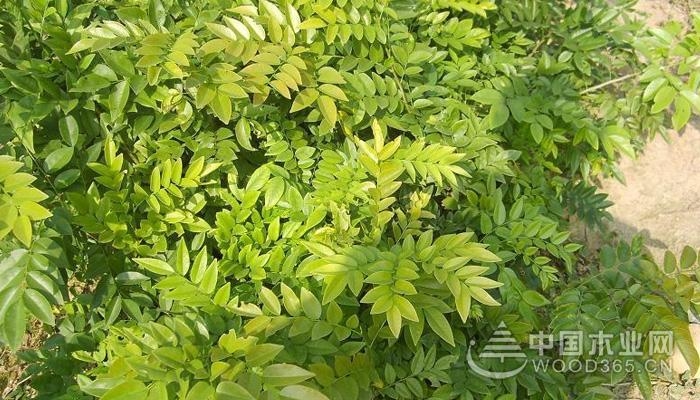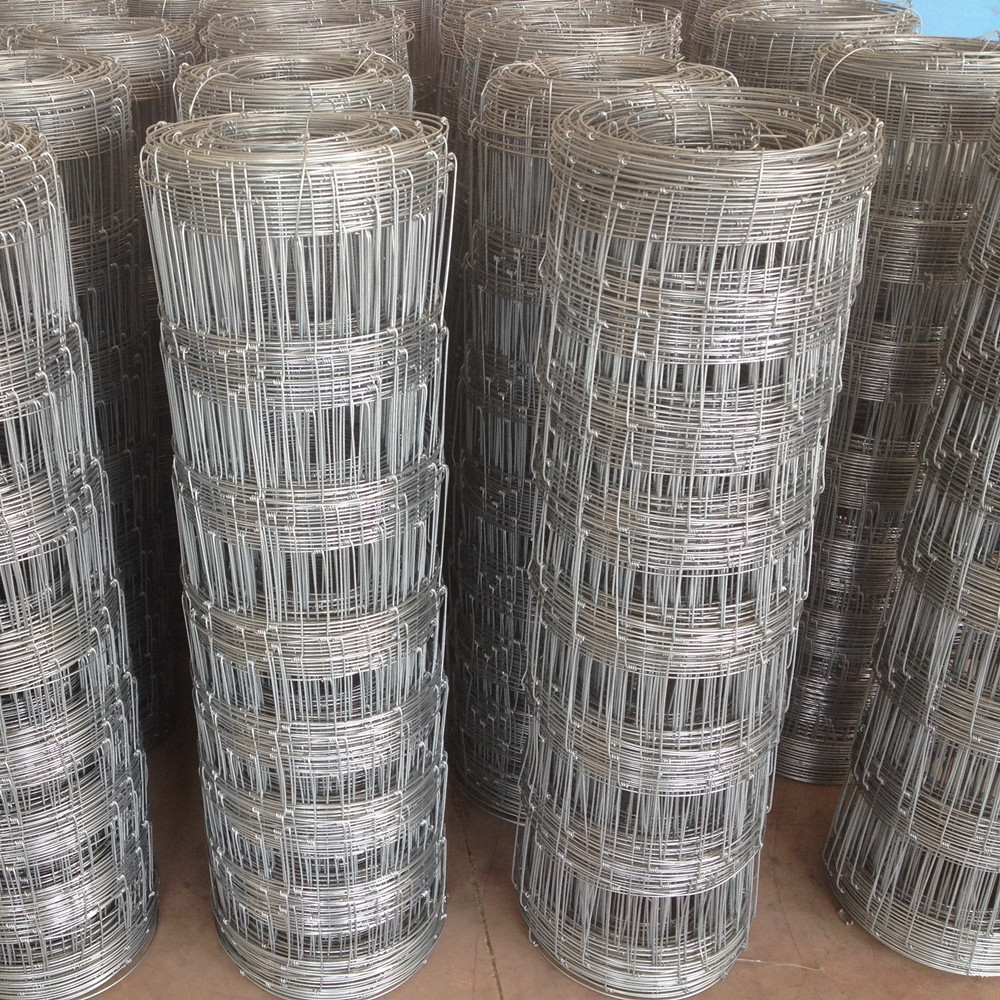Dalbergia sinensis grows in the tropics, requiring an average annual temperature of 22-25 degrees Celsius, an extremely low temperature of -1-4 degrees Celsius, an annual precipitation of 1000-1500mm, and a high temperature, but it can withstand extreme frosts and extreme low temperatures of around -3 degrees Celsius. The requirements for soil fertility are not very harsh. Generally, red soil with moderate fertility above medium red soil, red soil and brick red soil can grow into wood, but grow faster in fertile land and can adapt to the limestone mountain environment.

Planting technology planting sites choose mountains (especially Shishandi) below the mountainside, Tianbian corner, house front and rear, village side roads, rivers and rivers, reservoirs, urban green space, unit courtyards and Other places are suitable for planting.
Planting density (1) Surrounded by plants (by the village, by the side of the house, by the roadside and by the water): Planting needles, the distance between the plant and the plant is more than 4 meters.
(2) Relatively concentrated planting on four sides: the plant spacing is 4 meters × 6 meters, 28 plants / acre, only one row of four side trees, the planting point is set at 1.5 meters outside the road, the distance between the plants is 4 meters, and there are more than 2 rows. The trees are surrounded by trees, and the planting characters are staggered.
(3) Agroforestry combined planting: 7 plants/mu with plant spacing of 10 meters x 10 meters.
(4) contiguous planting on the mountain: a mixed forest, 55 plants/mu, with a row spacing of 3 m × 4 m, according to the mixed cultivation method of 2 strains of Dalbergia edulis +1 strains of teak.
Before digging pits, applying base fertilizers, and returning to the soil for afforestation, it is usually prepared before planting trees before the rainy season: cutting and mixing, refining mountains, and planting caves. Planting pit specifications: upper width 60 cm, lower width 40 cm, depth 40 cm, topsoil, heart soil, stones are placed separately. Base fertilizer according to 3 parts of calcium magnesium phosphate fertilizer +1 part of farmer's fertilizer for 45 days, put 3 kg (or 1 kg of compound fertilizer) per pit, first break the topsoil, backfill the pit to 1/3, then put the base fertilizer into Mix well, then backfill and break the topsoil, 3cm above the pit surface.
The selection of seedlings should be correct, especially the scented rosewood, and the authentic scented rosewood, Hainan huanghuali, must be selected.
Planting (1) Planting time: Generally choose spring afforestation. From late February to mid-April, the soil will be wet after the rain. If there is water source irrigation condition, it can be planted with bagged seedlings from July to August.
(2) Colonization method: In the center of the tree pit that has been returned to the pit, dig a hole with a radius of 15 cm and a depth of 15 cm, and then remove the nutrition bag (the light substrate mesh bag seedling does not need to be stripped of the mesh bag), and put the seedlings into the pit. , righteousness, back to the soil, and then back to the soil pit surface, and covered with a layer of hay.
Tending (1) removing the grass. From the end of March to the beginning of April, the weeds and shrubs within 1 m of the roots of the tree roots were removed. The first year was weeded twice, and the second and third years were combined with the topdressing and loosening soil for 1 time.
(2) Pruning and stretching. The branches are low, the side branches are thick, and the branches should be trimmed when breeding, and the excellent dry shape should be cultivated. However, it should be noted that in the first year of the young forest, do not prematurely and excessively cut all the side branches, and temporarily retain certain side branches. With the delay of time, the young forest gradually grew taller and gradually pruned upwards. In this way, it is beneficial to increase the photosynthesis of leaves in young forests, and contribute to the growth of young forests and the development of roots. Dalbergia sinensis is soft because of its main trunk, with many side branches and short branches. It should be pruned and smear when the young forest is bred. When the height of the sapling is more than 1.5 meters, insert bamboo rafts or stakes next to the trunk and tie the sapling trunk to the trunk. Bamboo rafts (wood piles) have been maintained until the trunk grows to a height of 3 to 4 meters to cultivate straight trunks, increase the yield and increase economic value.
(3) Expanding the pit. In the second year after the planting, from the end of March to the beginning of April, the pit was expanded once, and the soil was loosened in a ring of 40 cm to 1 m from the root, and the soil was 20 cm deep.
(4) Topdressing. In the second year, the third year from March to April, topdressing is carried out by: 1 in the flat canopy drip line (about 50 cm from the root of the tree) on both sides of a 50 cm long, 20 cm wide, 10-15 cm deep groove; 2 On the slope slope, the canopy drip line is 50 cm long, 20 cm wide, 10-15 cm deep and half-moon fertilization ditch, and 1 kg of compound fertilizer is applied once.

Pest control The Dalbergia chinensis mainly has black shank disease, which is easy to occur in the middle and end of the dry season every year, which harms young trees and seedlings. Generally, when the initial onset occurs, spray with 0.5 to 1% Bordeaux solution once every 7 days or half a month, that is, it can be prevented. In addition, in the seedling and sapling stages of Dalbergia odoratum, there are also common leaf spot lesions. It spreads more rapidly during the rainy season. When it is severe, the whole leaves are black, causing the leaves to fall off a lot and seriously affecting the growth of the young trees. In addition, anthracnose disease can also occur on young leaves and young shoots. On the leaves, round brown small lesions appear with black dots on them; on the shoots, the disease is black and gradually dry. The above two diseases are sprayed with 70% mancozeb WP or 5% thiophanate 500 times, sprayed once every 7 days, sprayed 2 or 3 times, all have better control effect. .
Hinge joint fencing is also known as Field Fence, Prairie fence, Cattle fence, Grassland Fence, horse fence, Sheep Fence, Deer Fence, Woven Wire, Livestock Fence, Hinge Joint Field Fence which is made of hot-dipped galvanized steel wire, offer high strength and tensile strength, provide safety fencing against fierce striking of cattle, horse or goats. Knotted Wire Mesh Fences make an ideal fencing material for grasslands husbandry.

Hinge Joint Fencing,Hinge Joint Wire Fence,Hinge Joint Field Fence,Hinge Joint Animal Fence
Hebei Giant Metal Technology Co., Ltd. , https://www.hebeigiantmetal.com